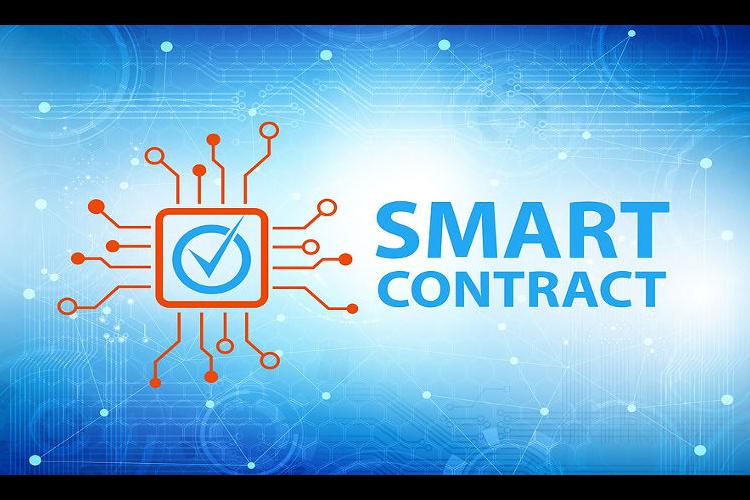Blockchain Technology and Smart Contracts

Blockchain: definition and characteristics
The term Blockchain, literally translated as "chain of blocks", can be understood as a "digital ledger" structured in a chain of registers (the so called blocks) that allow the sharing and storage of large amounts of data and therefore the transaction of information that may also have an explicit or intrinsic economic value.
The Blockchain is a data structure characterized by 3 fundamental aspects:
- decentralization
- distribution of computation
- immutability of information
The information contained and shared in it is in fact "immutable" because it is impossible, once the storage of the data has taken place, to modify or remove the data itself recorded on the chain.
Each piece of information written on the Blockchain leaves a digital "trail" that is immutable, but always verifiable.
This immutability is ensured by complex computer protocols and cryptography, or hidden writing.
Cryptography is based on an algorithm and a cryptographic key.
This ensures computer security and protects information from different types of cyber attacks, as for instance, the sniffing.
Cryptography and Computer Protocols then guarantee Security and Immutability and therefore the incorruptibility of the information stored on the Blockchain.
The result is a technology that enjoys a network-based information ecosystem:
- open
- distributed
- neutral
- secure
- decentralized
Fraudulent damage to the contained data is therefore impossible!
For each transaction, a copy is created and distributed on all computers (blocks) that compose the Blockchain. Each user is thus put in a position to have real-time knowledge of all transactions performed in such a way as to overcome the problem of online trust, i.e. users are not forced to trust each other, but are guaranteed by the operation of the Blockchain itself.
The Blockchain is therefore an infrastructure that escapes the control of a central entity. It means that there is no subject, physical or abstract, entity or institution that has the power to unilaterally decide the management policies of a Blockchain or its operation.
Each individual needs the consent of the other nodes in the network to perform actions on the Blockchain. The decentralized nature of the Blockchain then distributes power over each individual node (user) that makes up the Blockchain itself.
It is possible to distinguish 2 types of decentralized structures:
- dAO (Decentralized Autonomous Organizations)
In the Decentralized Autonomous Organizations the decision-making power resides in the community that regulates itself using smart contracts.
- dApps (Decentralized Applications)
Decentralized Applications operate on a distributed computing system (computer) located in different parts of the world.
Blockchain represents a real Cultural Change that breaks some patterns and introduces new rules.
A worldwide technological and cultural change comparable to the one introduced by the mass adoption of the Internet at the end of the 90s.
Blockchain is affecting and pervading various businesses and sectors of the world market.
Blockchain and Smart Contracts
Smart Contracts are among the most interesting technical aspects related to the Blockchain.
These contracts allow to secure and introduce a set of binding contractual clauses within the processes through which Blockchain users relate.
These contracts, to a given input, return a given output automatically so as to make fraud impossible, without the need for the intervention of third parties to act as a guarantor. Users in this way self-regulate and protect themselves, each other, from any improprieties.